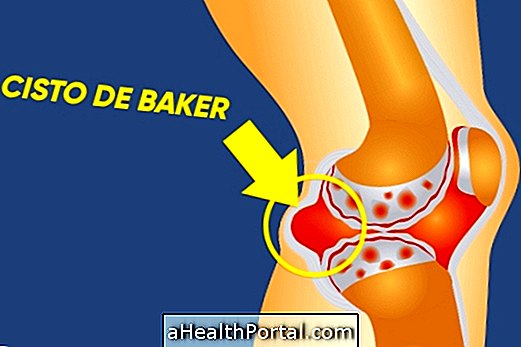The slightly ingrown nail can be treated by trying to lift the corner of the nail that is stuck, inserting a piece of cotton or gauze between the nail and the skin, because the nail then takes off the skin and unclogs.
However, when the area around the nail becomes very red, swollen, and pus, the problem may require the use of a prescribed antibiotic ointment by the physician, such as Nebacetin or Diprogenta.
A pedicure or podiatrist may unclog the nail by cutting off the edges of the nail wedged with a scalpel, fine straight-edge scissors or pliers themselves, but in some cases a minor surgery may be needed to unclog the nail.

Home treatment for ingrown toenails
To treat the slightly ingrown and inflamed nail at home, it is recommended:
- Leave the foot or hand that has the nail wedged in sauce in a bowl with warm or warm water for about 20 minutes;
- Try to lift the corner of the nail that is stuck with tweezers and put a dental floss, cotton swab or gauze between the nail and the skin to keep it raised, changing daily after leaving your finger in hot water for 20 minutes. This procedure is ideal for when the nail is gently but not yet inflamed;
- Pass some antiseptic and healing solution such as Povidine, for example, to aid in healing and prevent the region from becoming infected.
If necessary, to relieve pain when trying to lift the ingrown and inflamed nail, an anesthetic ointment such as lidocaine may be given. After placing the cotton or gauze, if the individual continues with pain, you can take an analgesic and anti-inflammatory remedy like Ibuprofen or Paracetamol, for example.
If the nail is very ingrown, inflamed or with pus and it is not possible to walk normally, nor try to loosen the nail of the skin, you should look for a podologist, nurse or dermatologist to unclog the nail. Thus, the procedure can be done properly and without the risk of worsening as bacteria in, for example.
What not to do
In case of a nail wedge, the part of the wedged nail should not be cut; cut the nail into "v", nor put on a tight bandage. These measures only worsen the ingrown toenail and increase the risk of nail ingress again.

When to go to the doctor
It is indicated to go to the dermatologist when any of the following situations exist:
- Diabetes;
- If the nail is very ingrown, inflamed, with pus and it is not possible to touch the nail;
- If the finger is very swollen or if the circulation appears to be stuck.
It is also indicated to seek professional help if there are lesions in the affected region or signs of poor blood circulation.
How to treat pus imbedded
The pus-embedded nail should be seen by a dermatologist because in these cases it is usually necessary to use antibiotic ointments to put on the nail and treat the infection before cutting the nail.
Even with the use of antibiotic ointment, nail treatment with pus usually involves raising the nail and putting on some cotton or gauze, but some doctors may prefer cutting the nail corners by removing the nail bits that have imbedded in the skin.
When surgery is indicated
Ingrown nail surgery is indicated in cases where fingernails are frequently involved and treatment with nail elevation or cutting does not result, especially if there is spongy meat in place. In this case the surgery is done under local anesthesia and, in most cases, it is not necessary to remove the entire nail. Depending on the nail to treat, the doctor may choose to apply an acid, such as silver nitrate, which destroys part of the nail that was ingrown, for example.
How to prevent nails from jamming
To prevent ingrown nails should be cut straight on both the top and the sides of the nail. In addition, you should also avoid wearing very tight shoes, changing socks daily, as this prevents the proliferation of micro-organisms. See more details on: 4 tips to avoid ingrown toenails.
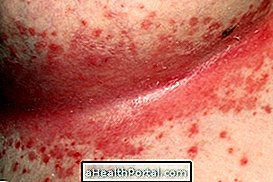


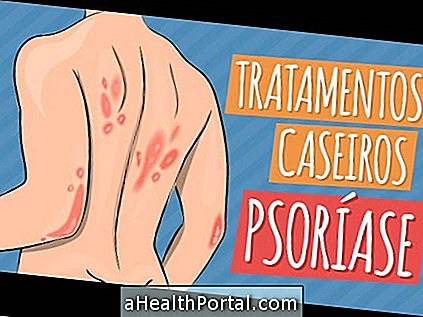
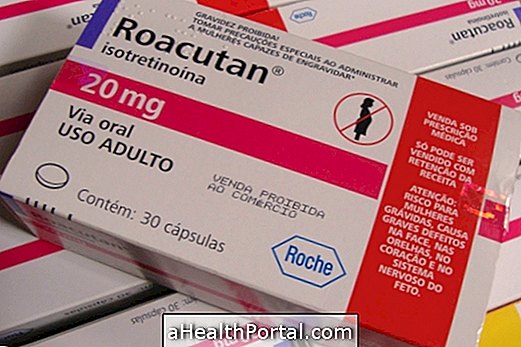
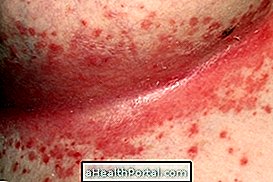



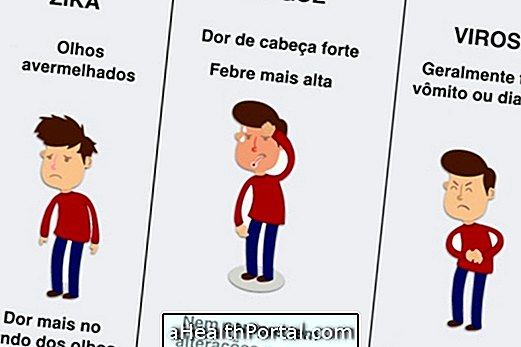


-o-que--sintomas-e-tratamento.jpg)






